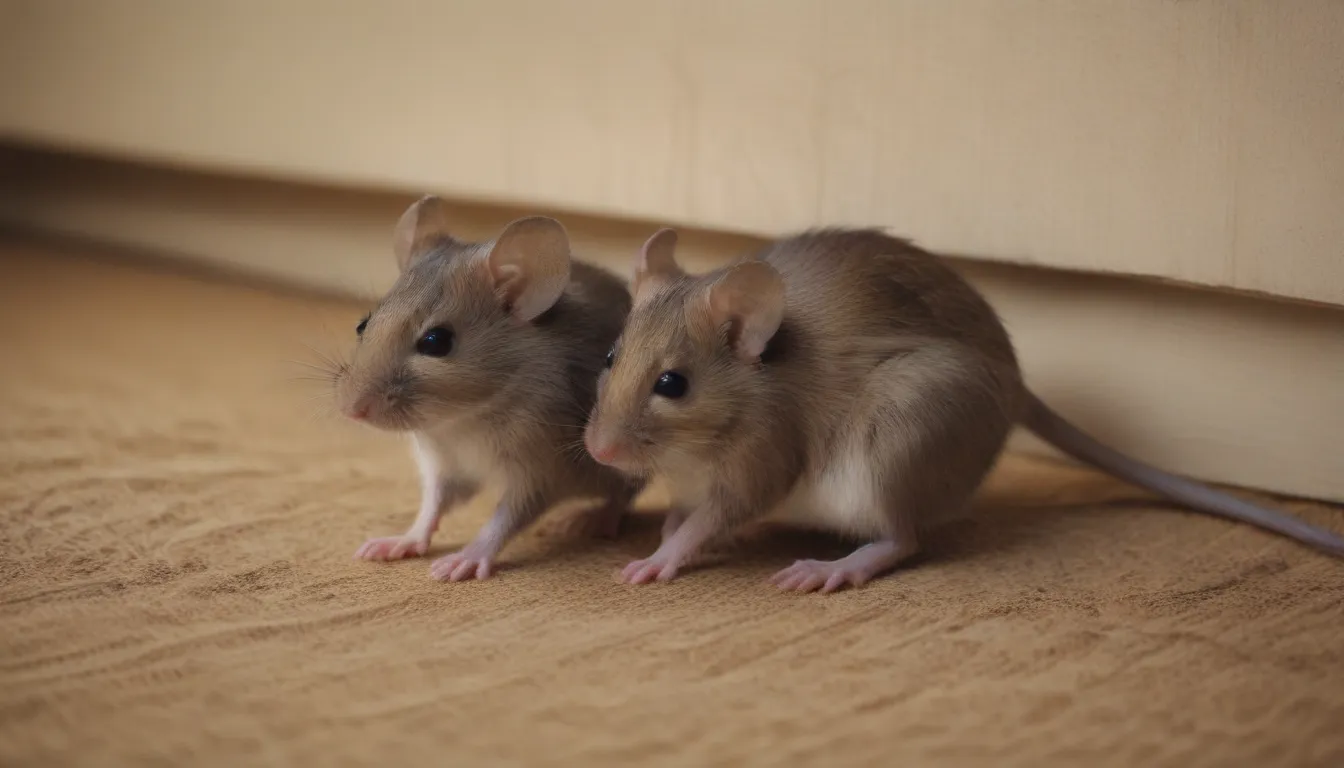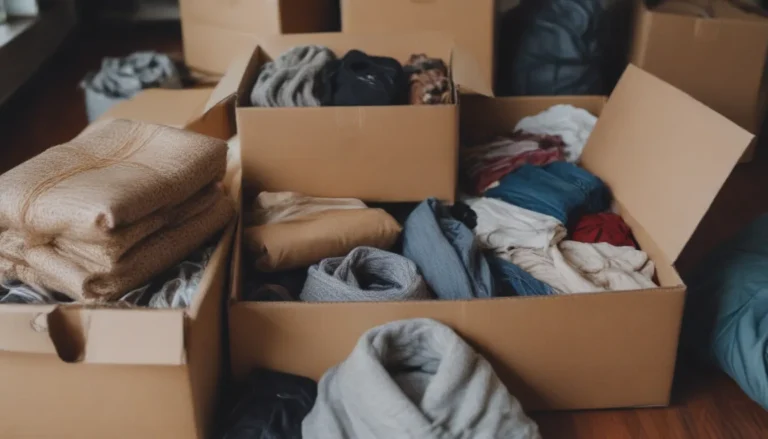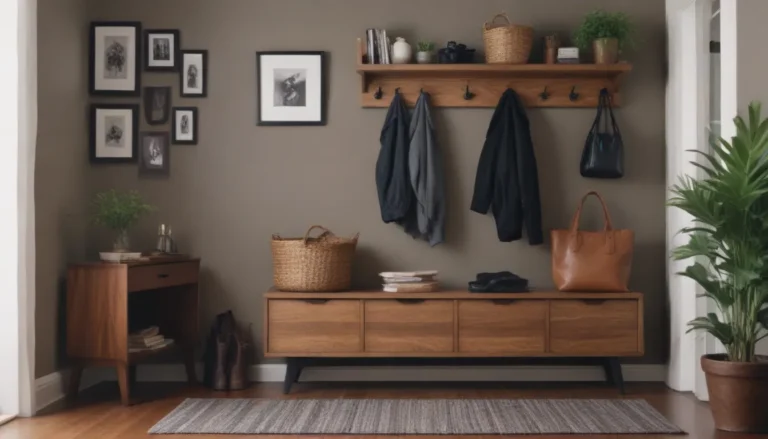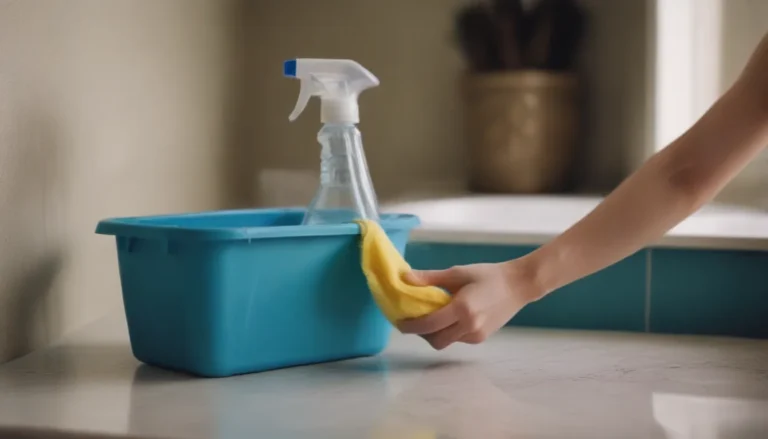How to Get Rid of Mice in Your House: A Comprehensive Guide

Dealing with a mouse infestation in your home can be a stressful experience. Not only can mice damage your belongings, but they also pose health risks to you and your family. In this in-depth guide, we will explore various effective methods to catch mice in your house like a pro. Whether you prefer humane catch-and-release traps or traditional snap traps, we have you covered with expert advice and practical tips.
Signs of a Mouse Infestation
Before diving into the actual methods of catching mice, it’s essential to first determine if you have a mouse problem in your home. Some common signs of a mouse infestation include:
- Mouse feces or droppings along walls, in food pantries, or under sinks.
- Dirty smudges along baseboards indicating the mice’s frequent travel routes.
- Scratching noises or a distinct ammonia-like urine smell.
- Sightings of actual mice or their nests.
“If you’re catching mice, you’re probably within 10 feet of their nest,” advises Zach Smith, owner of Smith’s Pest Management. He recommends using traps over baits and rodenticides, as traps are safer, easier to use, and chemical-free.
Types of Mouse Traps
There are several types of mouse traps available on the market, each with its unique features and benefits. Below are three common types of traps and how to use them effectively:
Catch-and-Release Trap
- Bait the trap with peanut butter or cheese, as mice are attracted to these scents.
- Place the trap along a wall or near the mouse’s travel paths.
- Check the trap at least once a day and release the captured mouse far away from your home.
- Clean and reset the trap for future use.
Glue Trap
- Position the glue trap sticky side up in areas where mice are likely to travel.
- Check the traps regularly, at least twice a day, and dispose of captured mice promptly.
- Dispose of both the mouse and the trap properly.
Snap Trap
- Bait the snap trap with a small amount of peanut butter or a piece of cheese.
- Position the baited trap along walls or behind furniture.
- Once a mouse is caught, dispose of both the mouse and the trap in a sealed bag.
Warning: Snap traps can be easily triggered, so be cautious when setting them in places where children or pets can access them.
Tips to Prevent Future Mouse Infestations
After successfully catching a mouse, it’s crucial to take preventive measures to avoid future infestations. Some useful tips include:
- Seal off entry points: Inspect your home for any cracks or holes that mice can use to enter your house, and seal them with caulk or steel wool.
- Keep a clean home: Regularly clean up food crumbs, spills, and clutter that can attract mice.
- Store food properly: Keep all food items, including pet food, in sealed containers to prevent mice from accessing them.
- Trim outdoor vegetation: Trim bushes and trees near your home to eliminate potential hiding spots for mice.
“Leave a piece of chocolate on the floor to check if you still have mice. If it’s gone in the morning, you know you need to continue trapping,” advises Zach Smith. Being proactive and diligent in your efforts can help reduce the likelihood of future mouse infestations in your home.
In conclusion, dealing with a mouse infestation requires a combination of effective trapping methods and preventive measures to ensure a mouse-free environment. By following the tips and techniques outlined in this guide, you can tackle a mouse problem like a pro and safeguard your home from these unwanted pests. Remember to stay vigilant and address any signs of mouse activity promptly to maintain a pest-free living space.





